One of the biggest evolutions in film history was the transition from black and white to color. Within the era of silent films, just about everything was in black and white, and it wasn't until the late 1930s/early 1940s when the trend of using consistent, convincing color became more common. Even then, black and white films were still quite common up until the mid-1960s, as shown by the fact that until 1967, the Academy Awards split some award categories into two, with an award for color and an award for black and white (like best costume design, best art direction, and best cinematography).
Even as they became less popular, films shot in black and white have never died out for good. The following nine films are all (mostly) recent examples of black and white used for artistic or thematic reasons, and not out of necessity. As such, it does not include anything made in the 1960s or earlier, nor does it include films that were shot in black and white for budgetary reasons, like Kevin Smith's Clerks.
Frances Ha (2012)
Frances Ha is a simple and charming film about a young woman dealing with the highs and lows of life in one's 20s. It captures the insecurities, worries, uncertainties, and freedom of that period in a person's life, and its well-executed thanks to a great lead performance by Greta Gerwig, solid direction by Noah Baumbach, and a good screenplay written by the both of them.
The black and white visuals present modern New York in a way that it's not often seen, though admittedly, this is probably the kind of movie where black and white was used because it looked cool, rather than it specifically meaning something. It's possible, however, that it could help things feel more nostalgic or emotional, or it could represent the contrast between the highs and lows of the lead character's turbulent and unpredictable life.
C'mon C'mon (2021)
C'mon C'mon was a film that unfortunately seemed to get buried by other releases during the 2021 awards season. It was a moving and excellently acted drama about a journalist - who's used to living and working on his own - being asked to look after his young nephew, with the two forming a bond and learning about life from each other.
It does sound a little corny on paper, and like the kind of movie that's been done before, but the naturalistic feel of the acting and the atmospheric visuals/music elevate it greatly. The lack of color doesn't make the film feel cold at all - it somehow adds to the emotion, making it a more moving and memorable experience.
Schindler's List (1993)
Schindler's List is arguably Steven Spielberg's greatest film, which is impressive, considering how many great movies he's made. It's a historical war drama about Oskar Schindler, a German businessman who saved the lives of over 1000 Jewish workers during World War Two.
It does contain a few instances of color - most notably the final scene/epilogue, and a few moments with a young girl who wears a red coat - but otherwise, it's all shot in black and white. It contributes to the historical feeling of the film, given most footage shot during WW2 was in black and white, and also makes the brief bursts of color particularly emotional and difficult to forget.
Nebraska (2013)
Nebraska ranks as one of director Alexander Payne's best movies and is a charming, entertaining dramedy about an elderly man and his middle-aged son taking a road trip together to collect an apparent $1 million sweepstakes prize.
Black and white works well here, when paired with the film's themes about growing old, as well as dealing with a somewhat drab, dreary way of life in small-town America. It also does wonders for the scenery and overall setting of the film, which probably wouldn't look as striking in a film with Nebraska's tone, were it to be filmed in color.
Ed Wood (1994)
Ed Wood is a film that shows director Tim Burton can do more than the horror, fantasy, or comic book movies he's best known for. It's a biopic about the infamous filmmaker, Ed Wood, who has become celebrated for his low-budget, odd, and often technically inept films. Unlike many biopics, it's tremendously entertaining and strikes a great balance between humor and melancholy.
The reason for the black and white visuals is pretty obvious, too. It evokes the 1950s when the film was set, and more specifically, allows Burton to pay visual homage to the black and white visuals Wood used throughout his career. It's hard to imagine what this movie would even look like in color, in all honesty.
The Lighthouse (2019)
Robert Eggers' second feature is a unique and genre-busting film that mixes surreal horror, fantasy, allegory, psychological drama, and toilet humor in its story about two lighthouse keepers who are gradually driven mad from isolation and the hellish qualities of the tiny island they are forced to live on.
The Lighthouse also boasts some amazingly striking black and white cinematography. It adds to the creepy visuals in numerous key scenes and also evokes the late 19th century, which is when the film is set. Without being in black and white, The Lighthouse probably wouldn't be as eerie, dark, or mysterious, so it's without a doubt to the film's benefit that Eggers chose to shoot it that way.
Raging Bull (1980)
Raging Bull is one of Martin Scorsese's best films, and potentially his most well-known movie that isn't about crime or gangsters. It still deals with violence and a greatly troubled lead character, though. In this case, it focuses on real-life boxer Jake LaMotta - played by a mesmerizing Robert De Niro - and the way his volatile temper and aggressive personality ultimately lead to his downfall.
There is a brief sequence in this film that uses color, but at least 95% of the film is in stark black and white. It works to reflect the way old boxing matches would have been televised and photographed in black and white, and also helps make the film feel sadder and more despairing, particularly because the single color sequence is used to depict a rare, non-negative period in LaMotta's life.
Control (2007)
Control is a biopic about the English post-punk band, Joy Division, with a focus on their hugely gifted and deeply troubled lead singer, Ian Curtis. It's notable for being directed by Anton Corbijn, who worked with the actual band while they were active, being their photographer.
Corbijn's photography always utilizes a stark black and white style, and so it made sense for his film to employ the same technique. Thematically, it also helps portray Curtis' state of mind and bleak outlook on the world, as he was known to have suffered from severe depression that was often reflected in the band's dark, hard-hitting music.
The White Ribbon (2009)
The White Ribbon is one of Michael Haneke's best and most celebrated films. The Austrian-German filmmaker is known for his bleak, difficult style of filmmaking, with The White Ribbon taking things even further by being photographed in black and white.
With a story about a small town that's rocked by a series of mysterious crimes and tragedies, the lack of color adds greatly to the sense of despair, isolation, and sadness felt by said town and its inhabitants. With bleak visuals and even bleaker subjects, it's not a film for everyone, but those who can handle it will be rewarded with a greatly memorable film experience made by an expert director at the height of his powers.

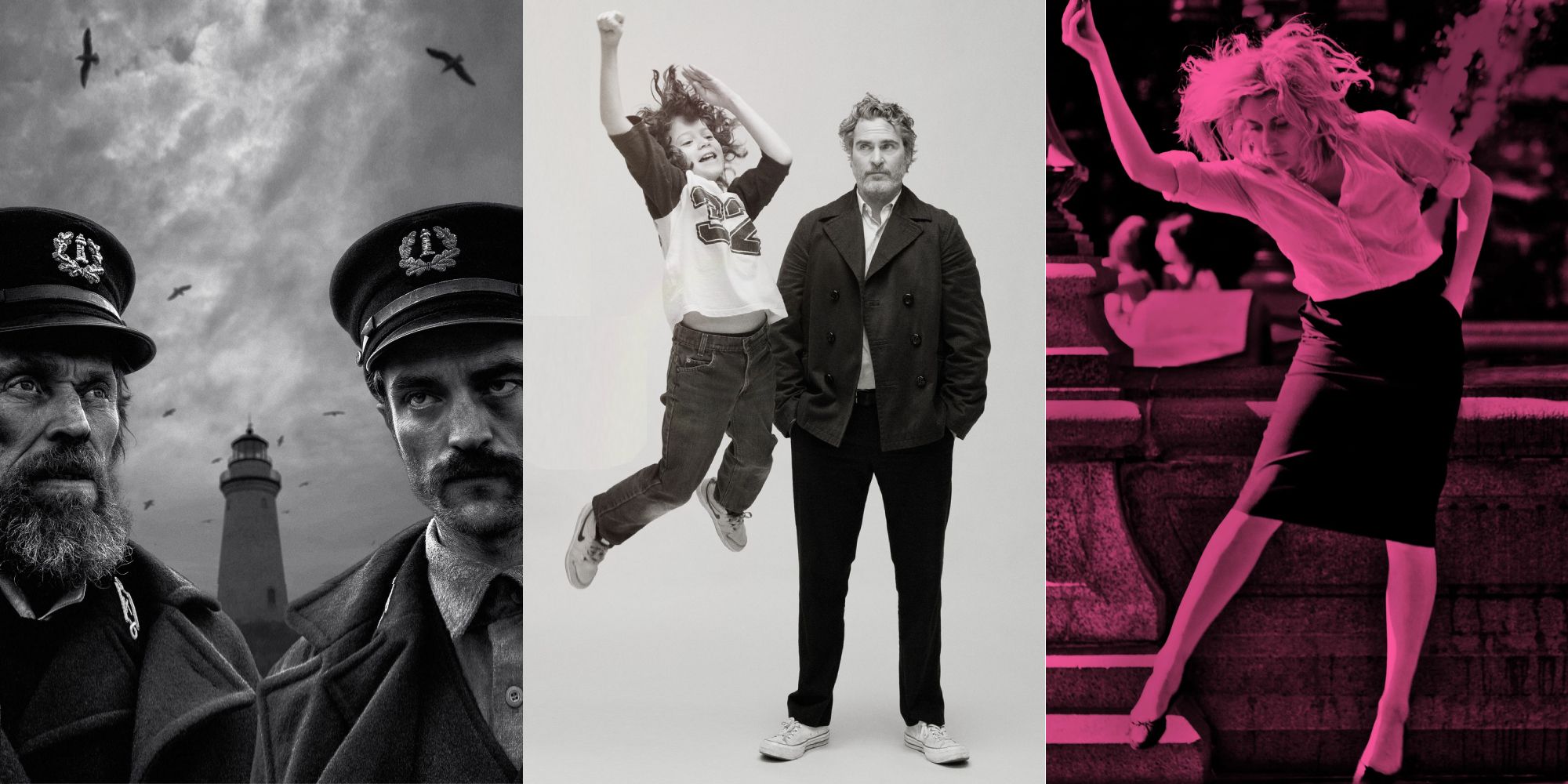
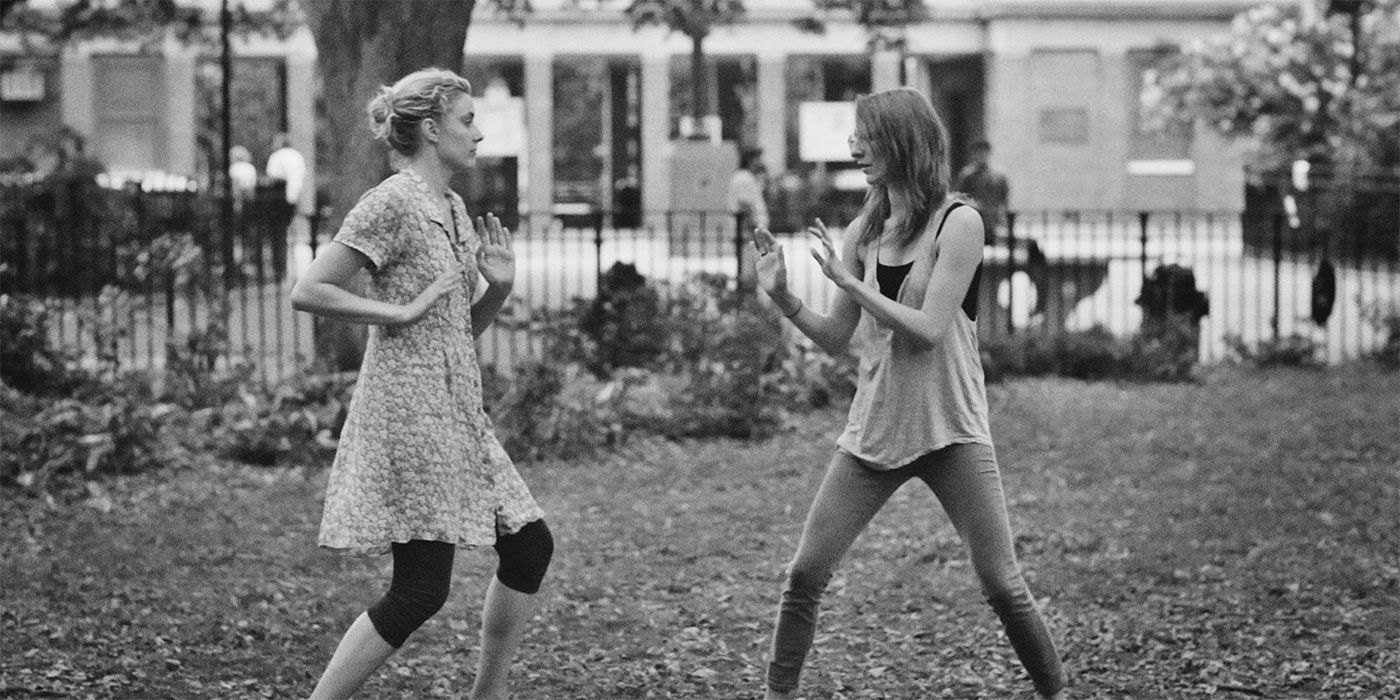
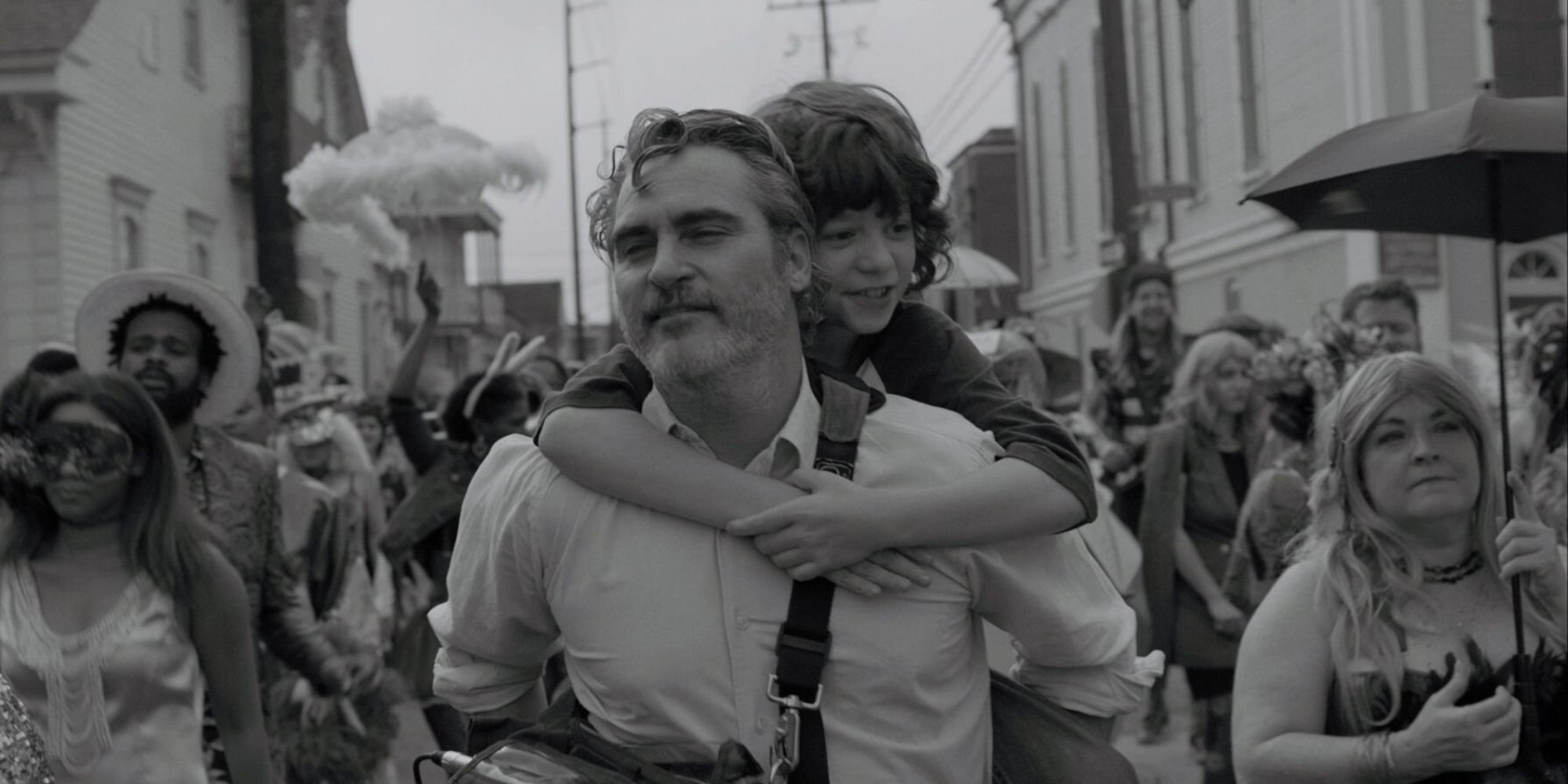
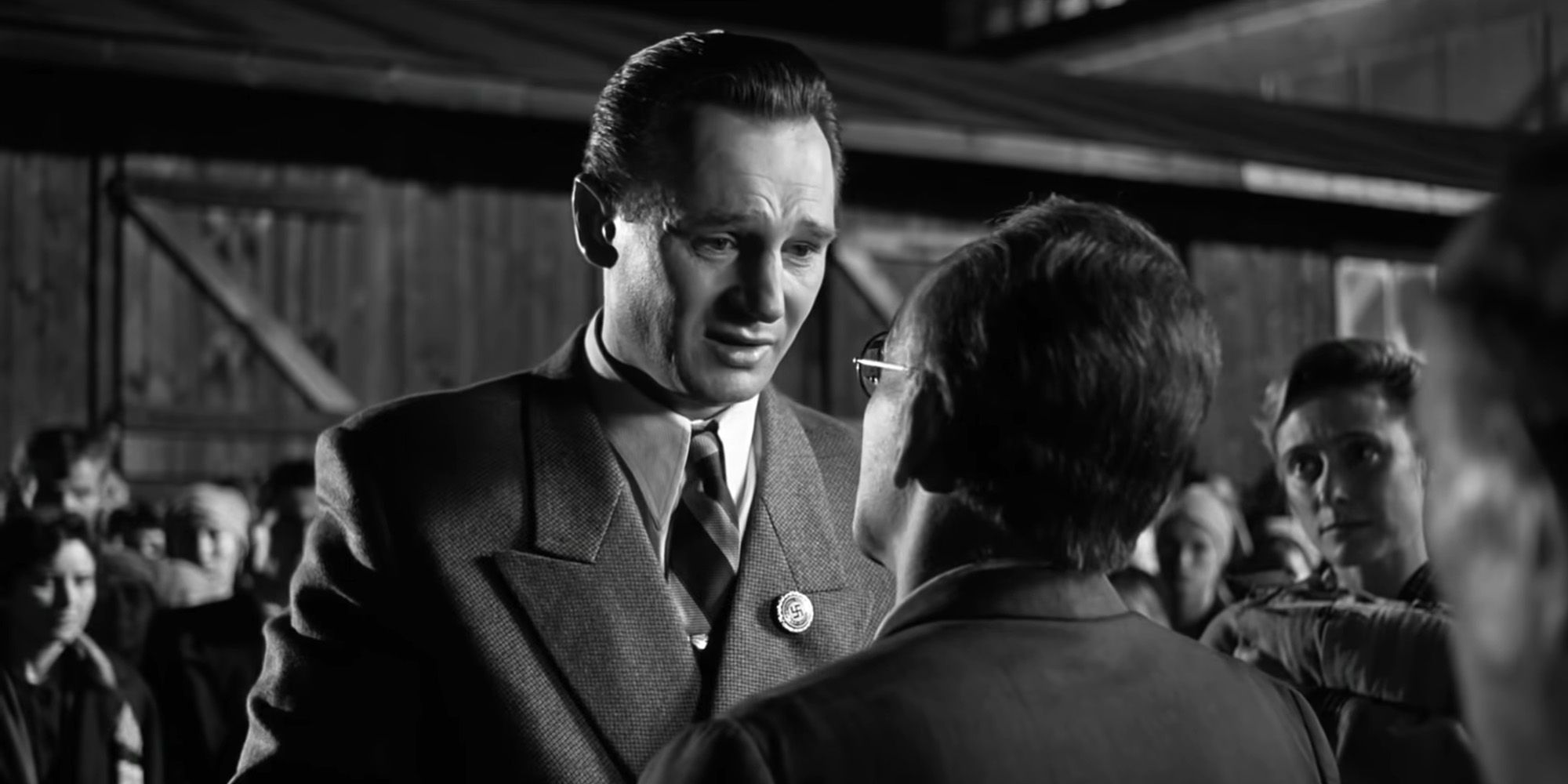
.jpg)
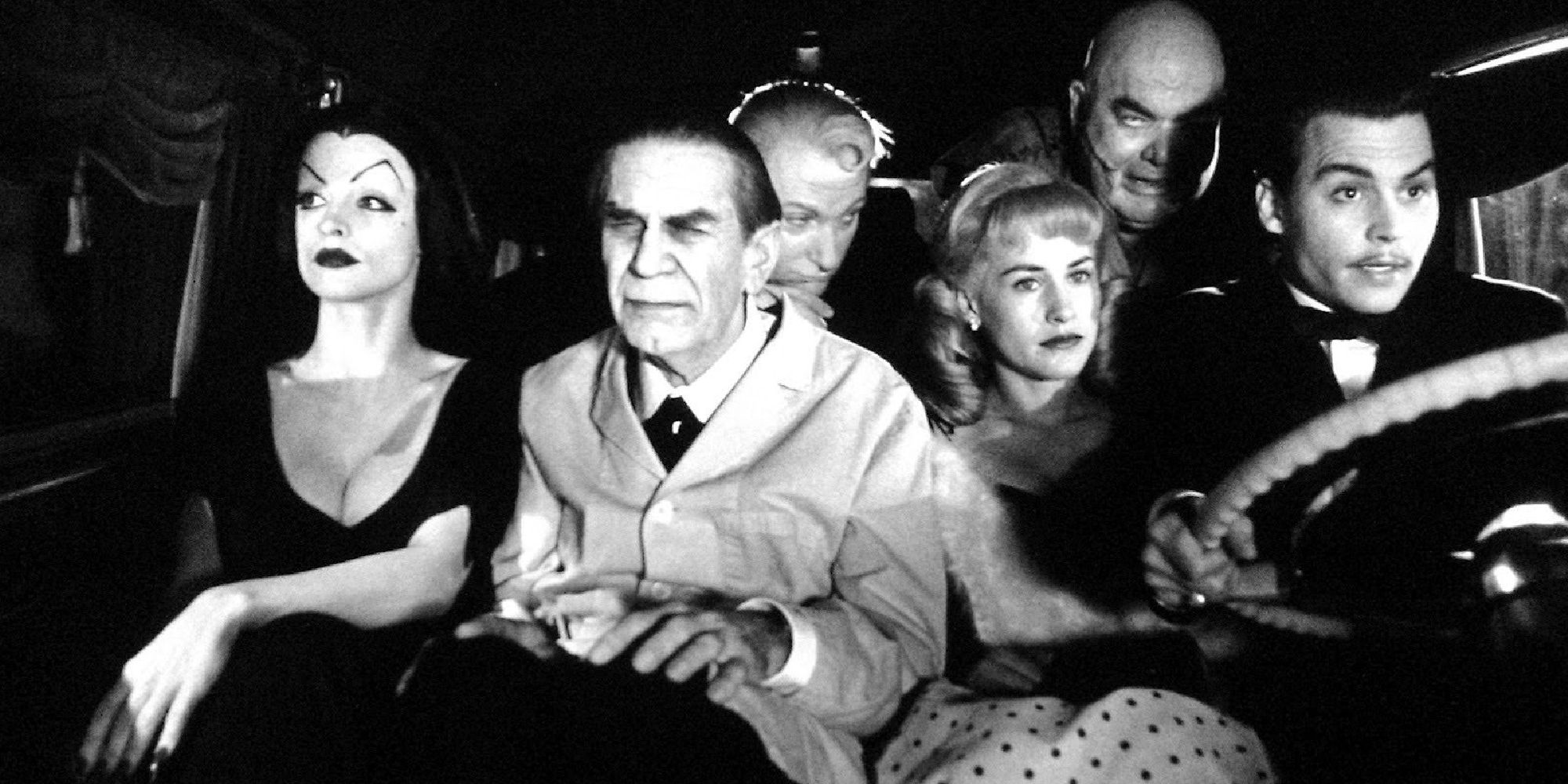
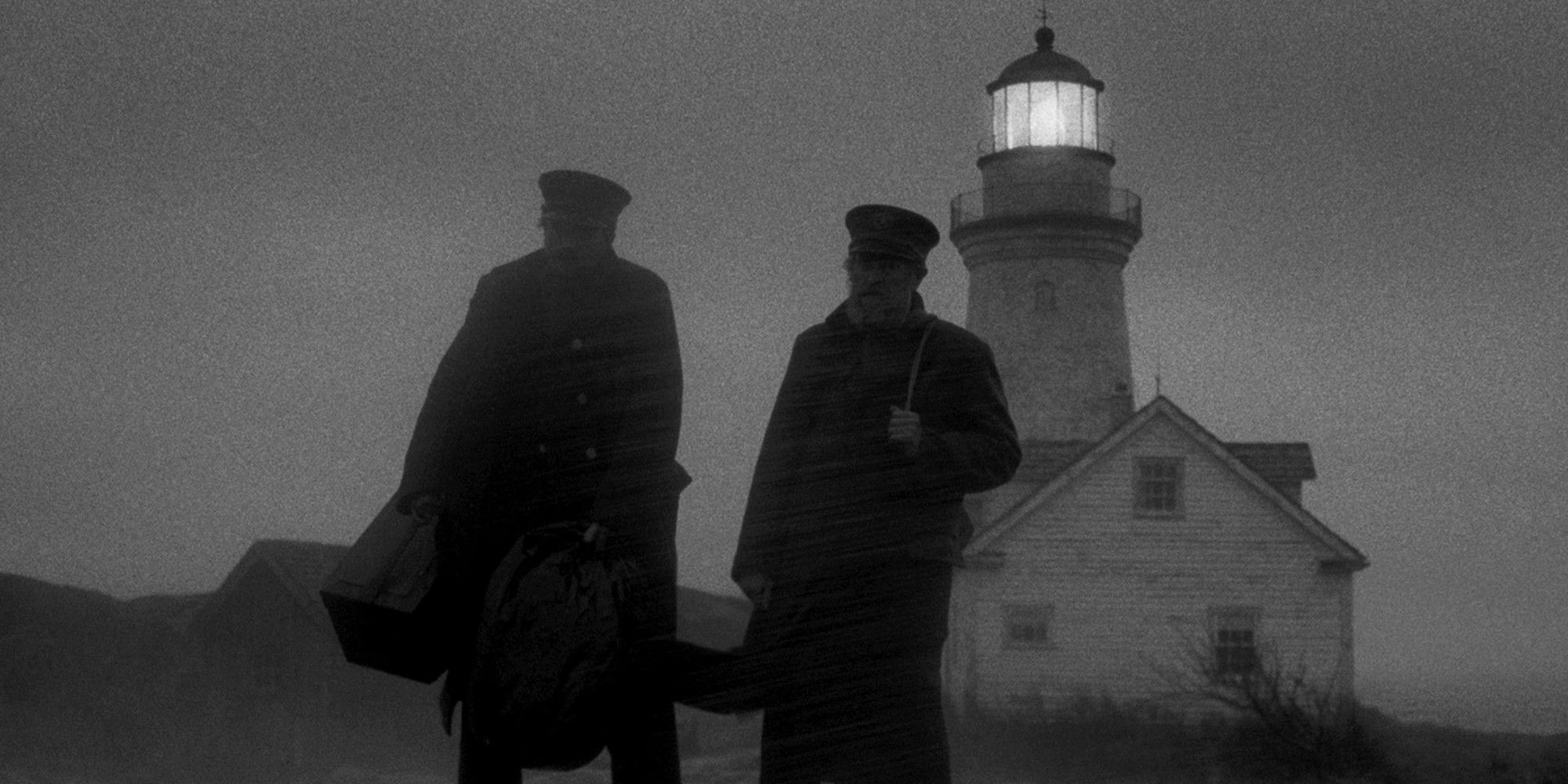
.jpg)
.jpg)
.jpg)